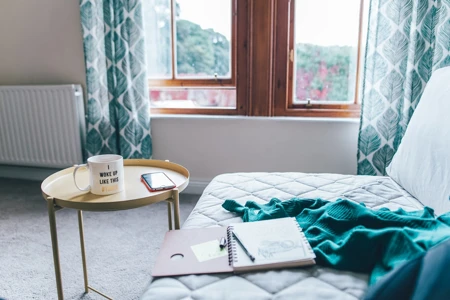The Help to Buy: Shared Ownership scheme opens up access to properties that would otherwise be unavailable to many first time buyers.
There are pros and cons to the scheme, so we’ve answered the most frequent burning questions about Shared Ownership that our customers ask.
What is Shared Ownership?
Shared Ownership lets first time buyers, or those otherwise unable to afford a house, buy a portion of a house and pay rent on the rest of the property.
It means that many people can access properties that they would otherwise not be able to afford, due to the location or house size.
How does it work?
A property will often come with an offer to buy 25%, 50%, or even 75% of the house, with rent paid on the remaining portion.
This means first time buyers don’t have to raise such a large deposit or qualify for large loan-to-value mortgages that would otherwise be out of their reach.
The buyer then pays monthly rent to the housing association that owns the rest of the property. Older people over 55 can’t buy more than a 75% share but won’t pay rent once they own that proportion.
Who should consider the Shared Ownership scheme?
Not everybody is eligible for the scheme.
You need to be a first time buyer, or someone who has previously owned a house but now cannot afford one. You must also have a household annual income less than £80,000 (£90,000 in London).
You don’t need to have a big deposit saved: most Shared Ownership mortgages require a 5% deposit compared to a larger 10-20% deposit outside of the scheme.
How do I get a Shared Ownership mortgage?
Not all mortgage providers will offer mortgages for the scheme, so you’ll need to shop around.
Speak to a mortgage adviser who will be able to help you identify potential lenders that would suit your circumstances.
Then, the application process is exactly the same as any other mortgage. You’ll need to apply directly to your lender or via a mortgage broker. They’ll ask for detailed documentation such as proof of identity and income, evidence of your right to live in the UK, and other details required for a credit check.
Can I combine it with my Help to Buy ISA savings?
Shared Ownership schemes are part of the Government’s Help to Buy programme. You can use your Help to Buy ISA savings – and the Government bonus - as long as you meet all other eligibility criteria.
Be aware, however, that the property price cap of Help to Buy, which is £250,000 (£450,000 in London), applies to the total value of the house and not the share you’re buying.
What other costs are involved?
When you consider a Shared Ownership property it’s important to factor in the additional costs. As well as your mortgage repayments, you’ll need to pay a monthly rent on the portion of your home that you don’t own.
All properties under the Help to Buy: Shared Ownership scheme are leasehold. That means you will need to pay a maintenance charge each month, or annually, to the housing association. Any large repairs, such as structural damage, will also need to be proportionately paid for.
You’ll also need to factor in the usual costs of buying a house, such as mortgage arrangement fees, survey costs, and charges from your solicitor.

